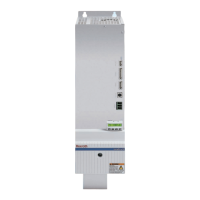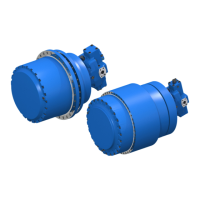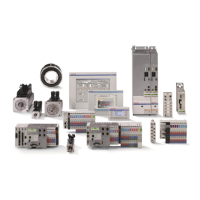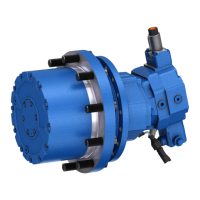Easy Start Guide
12. Brake Resistor Connection
Page 12
This guide has been produced by The Inverter Drive Supermarket Ltd.
All content, including but not limited to graphics, text and procedures copyright The Inverter
Drive Supermarket and must not be reproduced or altered without prior written permission.
©
Before commencing, confirm that the Inverter and
all cables are completely isolated from the power
supply, have been isolated for at least 5 minutes
and that the motor is not turning.
Bosch Rexroth EFC 3600 Series Inverter
(+)
Access to additional parameters
Default is 0 for Basic Parameters. Set at to enable Extended Parameters.2
Overvoltage prevention setting
Set to for Stall protection disabled, braking enabled.2
12.1 Parameters to change for Dynamic Braking
12.2 Connecting the Resistor
A wiring diagram is shown in the illustration
opposite. Connect the brake resistor to the B
and (+) Terminals on the Inverter. The order of
the connections is unimportant.
The braking resistor may get hot during
operation. Ensure that it is mounted in a
suitable position at least 10cm away from other
items.
It is important that a resistor of the correct
rating is used. Consult the manufacturer’s
manual or product listing on InverterDrive.com
for further information.
B (+)
High inertia loads can cause overvoltage trips
during deceleration and lead to “OE-3" error
messages. In many cases, the solution is to
increase the deceleration time to compensate.
However, if the application requires it, dynamic
braking can be enabled to maintain or reduce
deceleration times by absorbing the energy
generated by such loads.
A Brake Resistor is first installed to absorb
braking energy and dissipate it as heat. The
resistor be correctly sized for both the
Inverter and application.
Then, the “brake chopper” within the Inverter is
enabled. This detects excessive braking
energy and redirects it to the resistor when
required.
must
Heat Resistant
Cable

